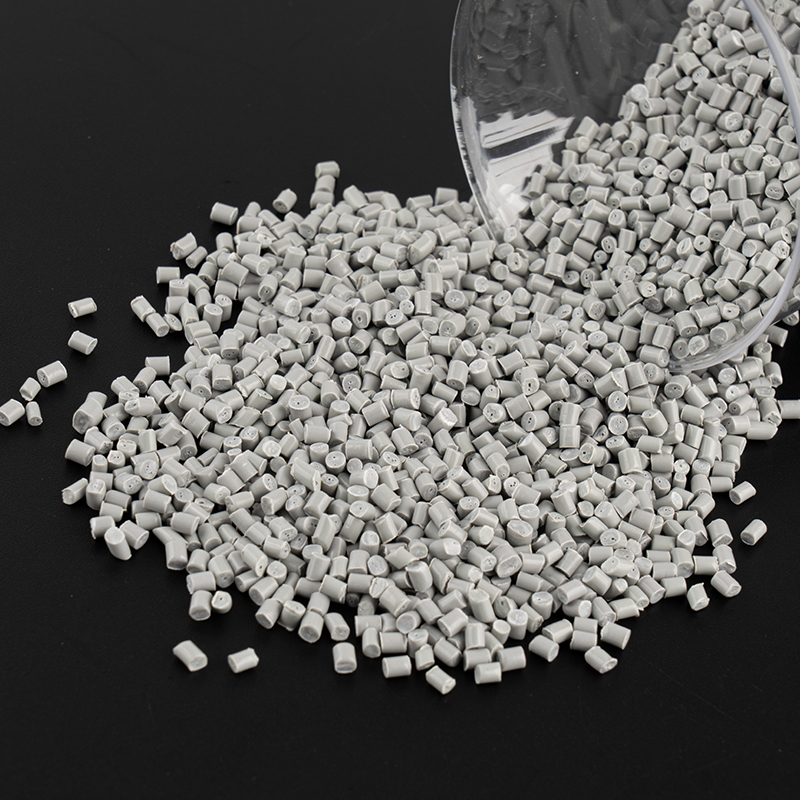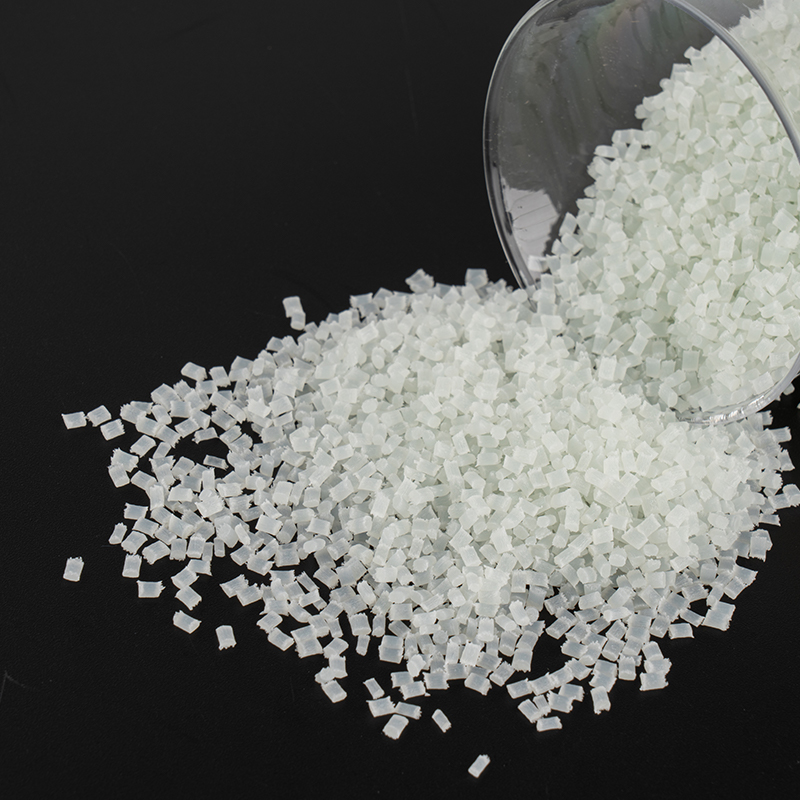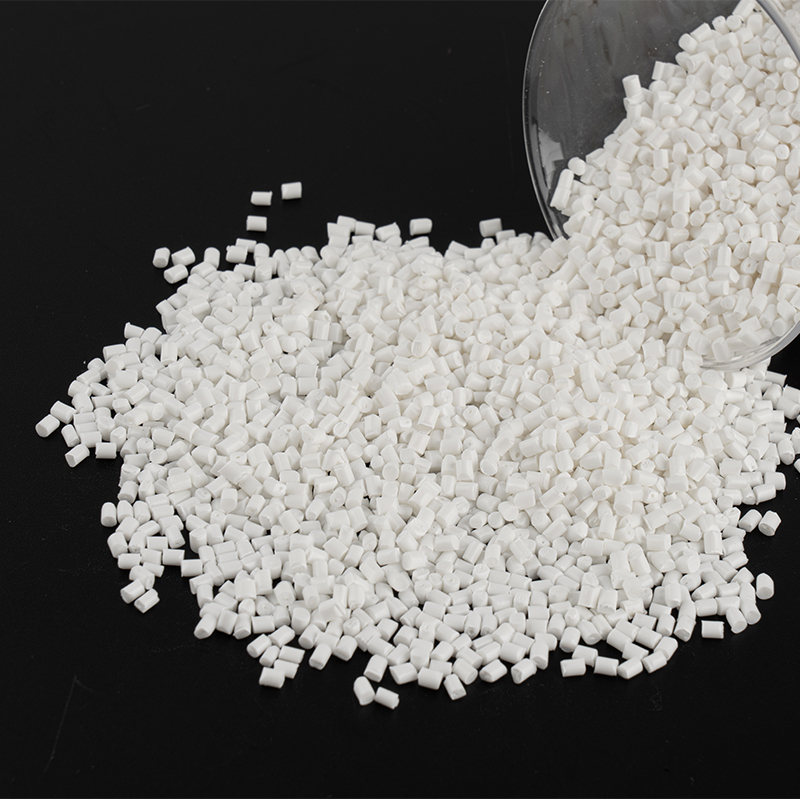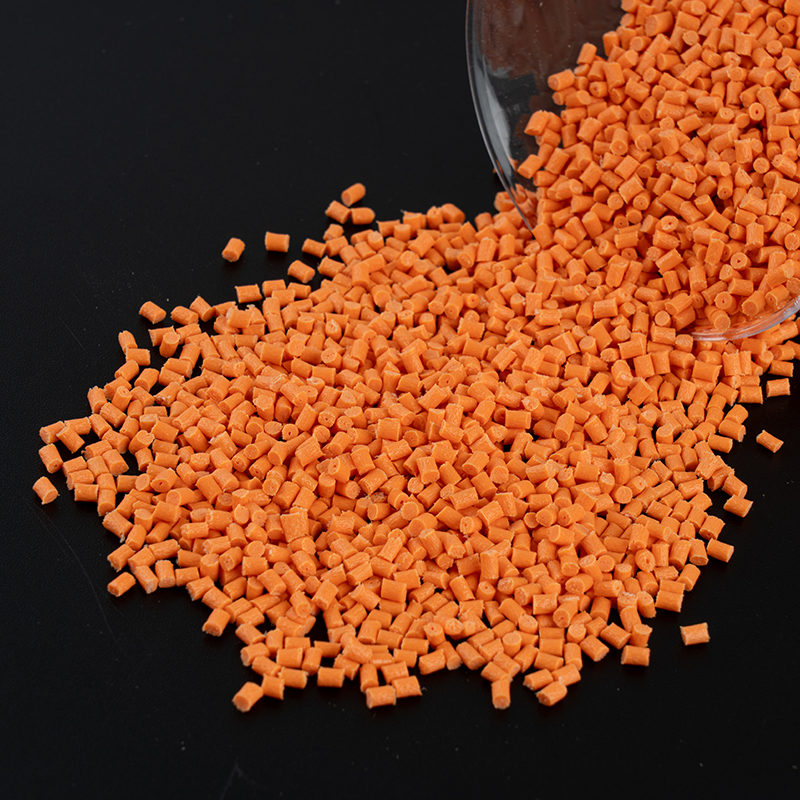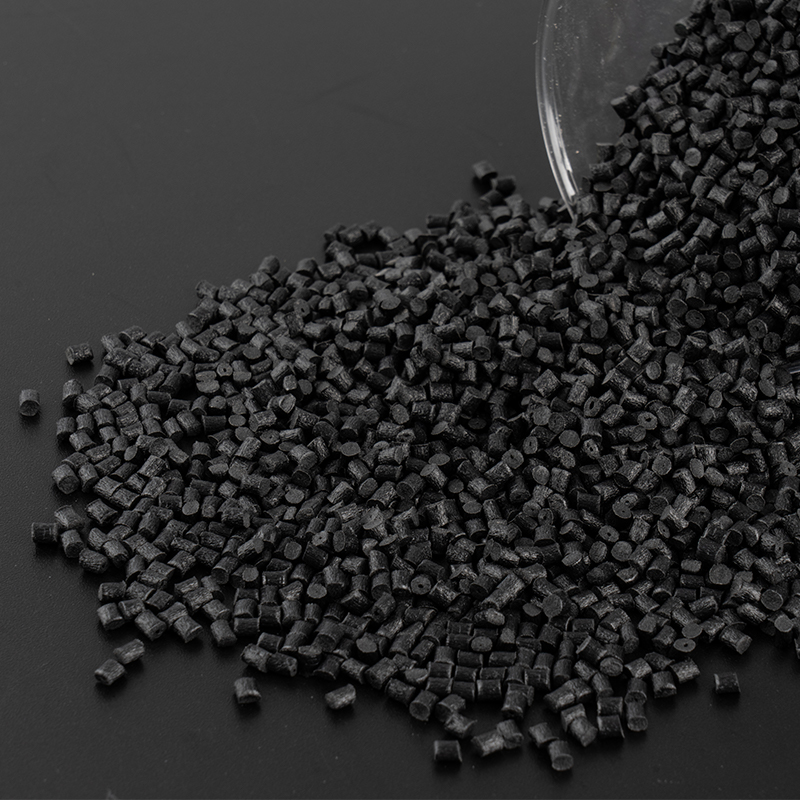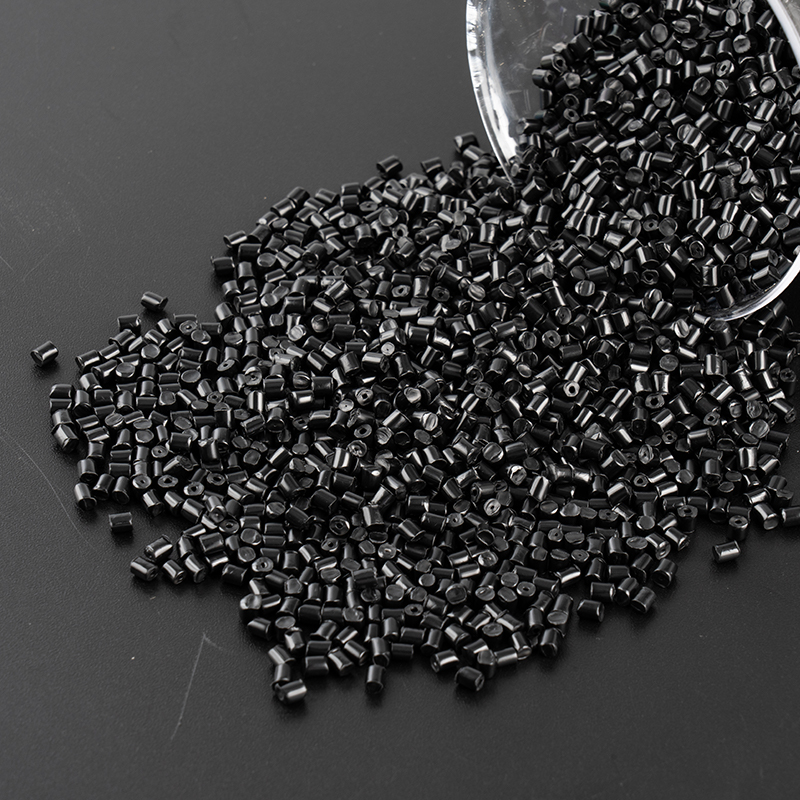1. Introduction
With the continuous advancement of medical technology, materials science is playing an increasingly critical role in the innovation of medical devices. In the past, the material system dominated by metal and glass has been gradually replaced by modified engineering plastics with lighter weight, stronger performance and higher designability. Such materials can not only meet the stringent requirements of the medical industry for high safety, high precision and high durability, but also provide the possibility for wearable, miniaturized and personalized medical devices.
2. What Are Modified Engineering Plastics? What are modified engineering plastics?
Modified engineering plastics are materials that modify traditional engineering plastics by physical or chemical methods to improve their mechanical properties, thermal stability, electrical insulation, chemical resistance or other specific properties.
Common modified engineering plastics include:
PEEK (polyetheretherketone): high strength, high temperature resistance, implantable in the human body, widely used in orthopedics, dentistry and other fields.
PPSU (polyphenylsulfone): can be sterilized by high temperature steam, suitable for surgical instruments and infusion equipment.
PC (polycarbonate): high transparency, good impact resistance, often used in light-transmitting windows, medical housings.
PA (nylon), POM (polyoxymethylene): used for connectors, gears, pumps and valves and other structural parts.
Modification methods include:
Adding glass fiber reinforcement → improving rigidity and dimensional stability
Flame retardant treatment → meeting medical safety standards
Antibacterial treatment → improving service life in hospital environments
Adding chemical resistance → resisting corrosion by disinfectants and cleaning agents
3. Safety and Biocompatibility in Medical Applications Safety and biocompatibility in medical applications
In the medical field, patient safety is the primary premise. Therefore, any plastic material used to contact the human body must pass a series of rigorous biocompatibility tests. Modified engineering plastics can usually meet these standards because they can be customized according to needs.
Safety standards that medical-grade plastics need to meet:
ISO 10993: Standard system for evaluating the biocompatibility of medical device materials
USP Class VI: Classification of toxicity and physiological reactions of medical materials by the United States Pharmacopeia
FDA certification: Meets the regulatory requirements of the U.S. Food and Drug Administration for materials that come into contact with the human body
Safety advantages:
Non-toxic and harmless: Will not induce immune rejection or tissue reaction
Sterilizable: Resistant to high temperatures, radiation, and chemical cleaning
Non-hygroscopic and non-precipitating substances: Maintains stable performance during long-term use
For example, PPSU can be repeatedly sterilized under high-pressure steam conditions for more than 1,000 times without performance degradation, making it very suitable for reusable surgical instruments.
4. Precision for High-Performance Medical Devices Precision requirements in high-performance medical devices
Many key components of modern medical devices, such as micro gears, connectors, piping systems, pump bodies, etc., have extremely high requirements for structural precision. Modified engineering plastics have become the preferred material for high-precision parts due to their excellent dimensional stability and processing performance.
Advantages include:
High injection molding precision: micron-level molding can be achieved
Low thermal expansion coefficient: maintain stable shape in hot and cold environments
Strong processability: can meet complex geometric structure design
Suitable for CNC and 3D printing: especially suitable for customized medical devices
Modified PA or POM is widely used in high-precision components, such as sliding parts in artificial joints, to ensure precise fit after long-term wear.
5. Durability and Resistance in Clinical Environments Durability and resistance in clinical environments
Medical equipment needs to withstand the test of harsh environments in clinical use: high-temperature sterilization, frequent use, chemical cleaning agents, irradiation, etc., which may damage the material. Modified engineering plastics have excellent performance in anti-aging, anti-fatigue and corrosion resistance, greatly extending the service life of the equipment.
Common properties include:
High temperature resistance: PEEK can withstand continuous use temperatures up to 250°C
Chemical corrosion resistance: PPSU is not corroded by common cleaning agents such as alcohol, hydrogen peroxide, and sodium hypochlorite
UV and gamma ray resistance: suitable for disposable products or sterilized packaging
High mechanical strength and fatigue resistance: not prone to cracking and deformation under long-term use under high load
These properties make modified engineering plastics particularly suitable for key components that need to be reused or run for a long time, such as ICU equipment, surgical instruments, and injection pump housings.
6. Real-World Use Cases
Orthopedic implants:
PEEK is widely used in spinal fusion cages, dental screws, knee spacers, etc. It not only has good biocompatibility, but can also be observed through X-rays, avoiding imaging interference caused by metal implants.
Surgical instruments:
PPSU is used to manufacture reusable tools such as scissors, pliers, and hooks, with extremely high sterilization tolerance and impact resistance.
Disposable medical supplies:
Modified PC, TPE, etc. can be used for syringes, infusion pump parts, and catheter interfaces to meet the requirements of cleanliness and cost-effectiveness.
Wearable medical devices:
Modified TPE/TPU is widely used in blood glucose monitoring, heart rate belts and other equipment, and has good human contact comfort and recyclability.






